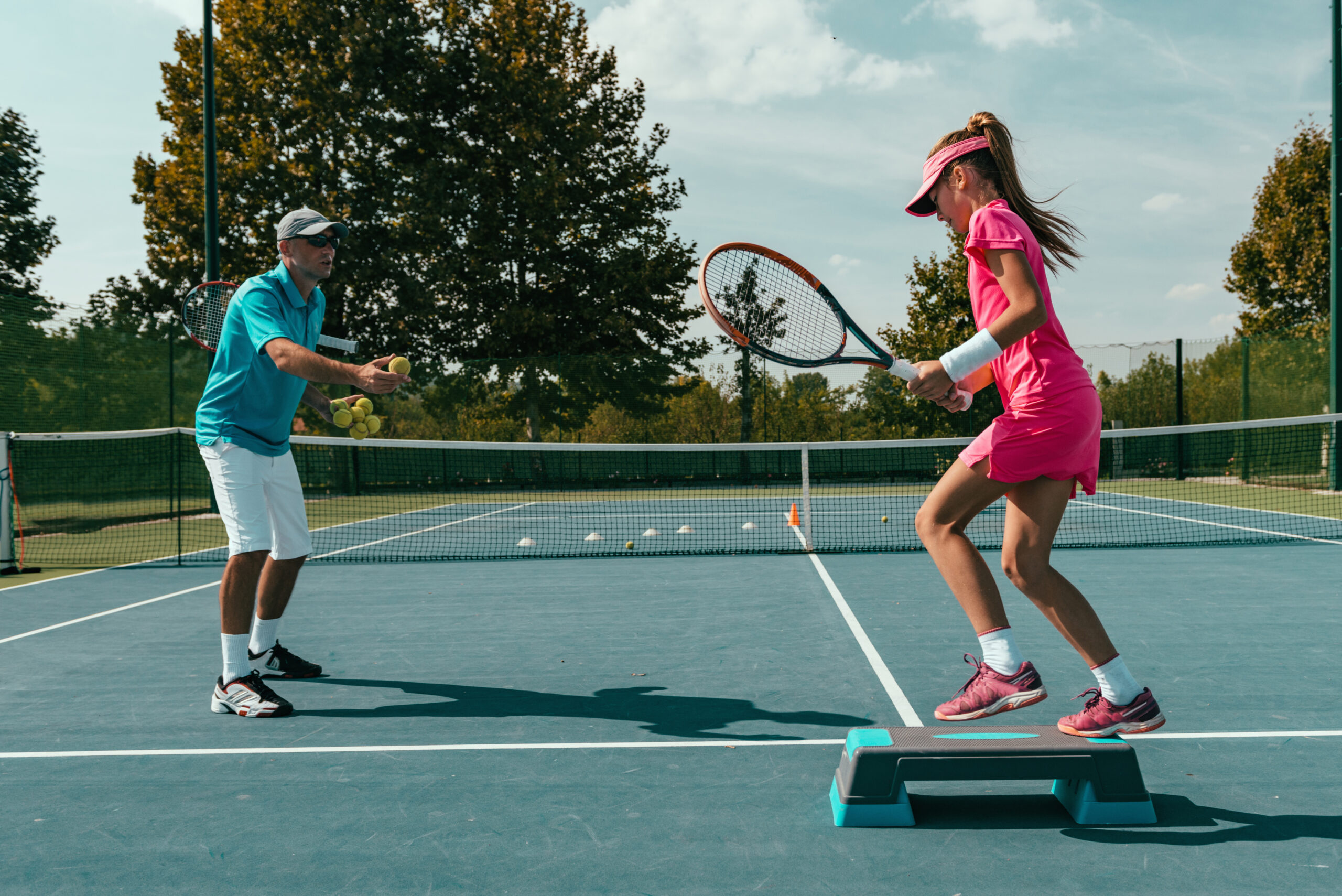
Tennis is a game of skill, precision, and strategy. Whether you’re a beginner or an advanced player, mastering the tennis techniques can elevate your game and make you a formidable opponent. From your serve to your footwork, every aspect of the game is crucial to your performance on the court. With a few practical strategies, you can enhance your overall game and boost your chances of success.
Perfecting Your Serve
The serve is one of the most critical shots in tennis because it starts at each point. A strong, consistent serve can give you an immediate advantage over your opponent. To perfect your serve, begin by focusing on your stance. Position your feet shoulder-width apart and ensure you are balanced. A key tip is to use your legs to generate power, allowing you to hit with more force and precision. When serving, focus on your toss. The ball should be tossed slightly before you and high enough to give you time to execute the stroke. Practice serving to the body and the corners to keep your opponent guessing.
Mastering Your Groundstrokes
Groundstrokes are the foundation of your baseline game. Whether a forehand or a backhand, your groundstrokes determine how you control the rally. A well-executed groundstroke is not only robust but also accurate. To improve your forehand, focus on using the proper grip. The Eastern grip, for instance, is ideal for beginners as it provides a good balance of power and control. On the other hand, advanced players often prefer the Semi-Western grip for more topspin.
The backhand is just as crucial as the forehand. Many players struggle with the one-handed backhand, especially when generating power. However, the key lies in your follow-through. Make sure to extend your racket fully after making contact with the ball. Practice proper timing and body rotation for the two-handed backhand to generate more power and control. A common mistake is overcompensating with the arms. Instead, focus on engaging your whole body in the shot. These types of tennis techniques will significantly improve your performance on the court.
Footwork: The Key to Agility
Footwork is often overlooked, but it’s critical to your success on the court. Your ability to hit a ball effectively is severely limited without proper footwork. To improve your agility, practice your split step, which involves a small hop that prepares you to move quickly in any direction. This action is beneficial when your opponent hits the ball, allowing you to react swiftly.
In addition to the split step, work on your lateral and forward-backward movements. Tennis requires constant shifts in direction, and good footwork helps you cover the court quickly. A helpful drill is to set up cones and practice moving around them, focusing on speed and precision. Always stay low in your stance to maintain balance and improve your quickness. Mastering these tennis techniques will help you remain competitive in every match.
Building Mental Toughness
Tennis is as much a mental game as it is a physical one. Staying focused and composure under pressure is essential to performing at your best. One way to build mental toughness is by practicing mindfulness and visualization techniques. Before each match, take a few moments to visualize yourself playing at your peak. Picture yourself executing each shot with precision and calm.
Also, stay positive, even when things aren’t going your way. Tennis matches can be unpredictable, and a single mistake can sometimes feel like the end of the world. However, the most successful players focus on the present moment rather than dwelling on past errors. When facing adversity, keep a positive attitude and focus on what you can control. Mental toughness is a key element in successfully executing your tennis techniques.
Strategy and Court Awareness
Tennis is more than just hitting the ball hard; it’s about playing smart. Developing a strategic mindset will help you become a more effective player. Start by studying your opponent. Please take note of their strengths and weaknesses. Do they struggle with certain shots? Are they more comfortable on one side of the court? Once you identify these patterns, you can adapt your game plan accordingly.
On the court, be mindful of your positioning. If you’re at the net, be ready to react to volleys. Similarly, when you’re at the baseline, focus on hitting deep, well-placed shots to push your opponent back. Another critical aspect of the strategy is shot selection. Avoid hitting the ball directly to the center of the court, as this gives your opponent an easy target. Instead, aim for the corners to force them out of position. Mix up your shots to prevent your opponent from anticipating your next move. Using strategic tennis techniques will allow you to dominate the court.
Focus on Recovery and Conditioning
Tennis requires both strength and endurance. As matches can last for hours, physical conditioning is crucial to maintaining peak performance throughout the game. A well-rounded fitness regimen that includes cardiovascular training, strength exercises, and flexibility work will prepare your body for the demands of the game.
Additionally, recovery plays a significant role in your long-term success. After intense practice or matches, engage in proper cool-down exercises to reduce muscle tightness. Stretching and foam rolling are excellent for improving flexibility and alleviating muscle soreness. Taking care of your body off the court will ensure that you’re in top shape when it’s time to play and use your tennis techniques to their fullest.